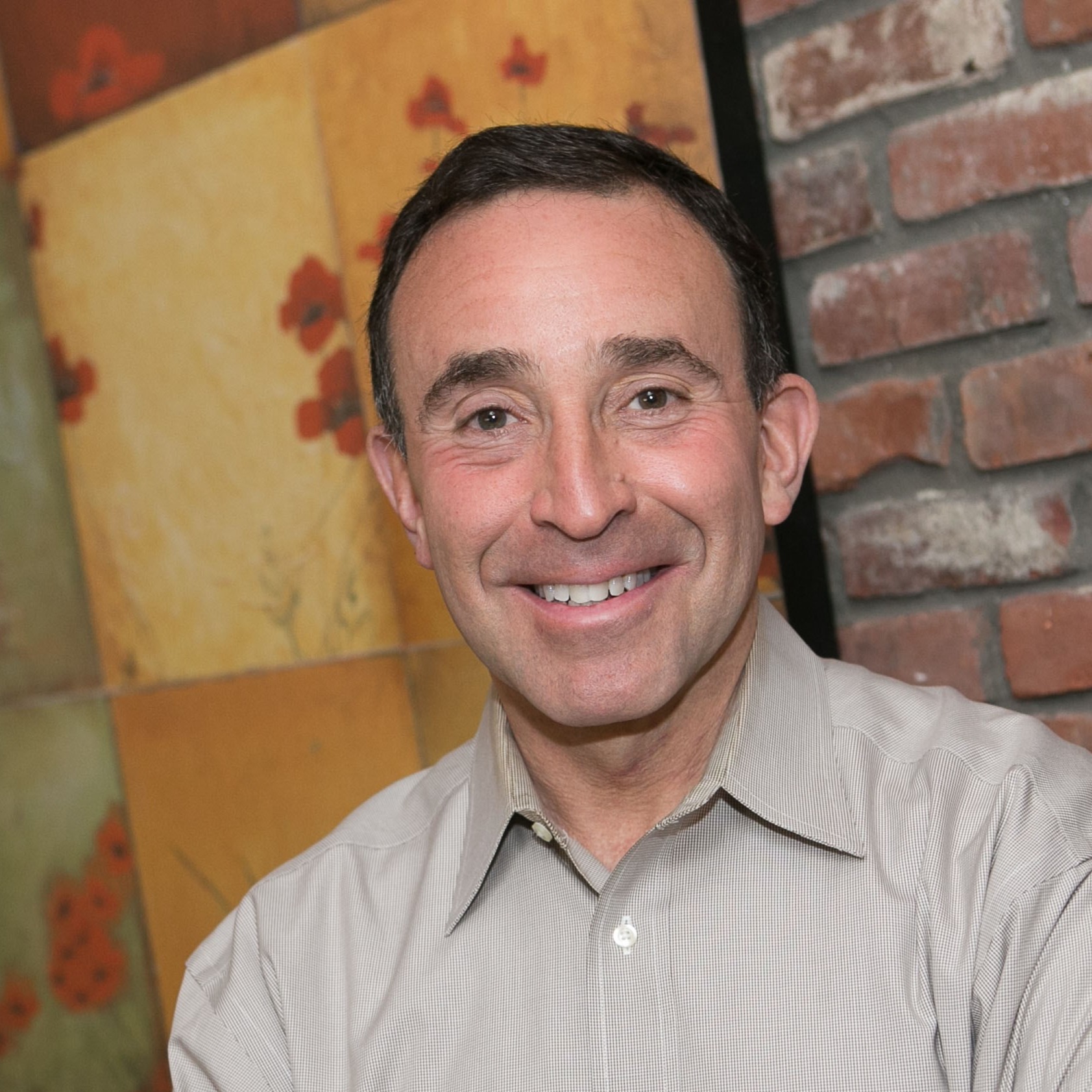By Richard Friedman, Founder & President at Friedman & Partners

Deloitte reports that 80% of Fortune 500 companies use personality tests for a variety of reasons, including recruiting, career planning, leadership development and team building. The global consulting group adds that there are approximately 2,500 such tests on the market. Some firms use these systems to screen candidates, guide interview questions, and provide pre-employment assessment of a potential hire’s communication style, problem-solving abilities, and adaptability.
With the rise of remote and hybrid work models, personality assessments have become even more critical in helping AEC firms foster collaboration, engagement, and alignment across dispersed teams. As technology advances, AI-driven and adaptive testing methods are also emerging, providing more nuanced insights into candidates and employees.
In this article, two firm leaders share their perspective on the value of personality tests and when, and when not to, apply them.
Seth Wilkinson, president of 140-person Wilkinson Ecological Design/Ecotone, notes that his firm began using the Winslow Personality Test in 2014. "We were introduced to it by a third-party consultant, and we initially took it as a leadership team to understand each other’s personalities a little better," says Wilkinson. "It resonated for many of us quite a bit, so we started using it more broadly. We now use it as part of our recruiting and hiring process for most positions."
While Wilkinson’s experience with personality testing is limited primarily to Winslow, Chad Cousins of McMillan Pazdan Smith Architecture, a 330-person firm, has explored multiple assessments, including the well-known Myers-Briggs Type Indicator (MBTI) and the Kolbe Conative Index. "The one we’ve used for the past six or seven years is Wiley PXT," says Cousins. "That’s for our leadership roles, officers, and senior management. We mapped the whole leadership team to the Wiley PXT. For our younger folks and for leadership development, we use the DISC Assessment."
Beyond Myers-Briggs, modern personality tests date back to Woodworth’s Personal Data Sheet, developed to assess soldiers in World War I. The MBTI, created in the mid-20th century, remains widely used despite growing critiques about its reliability. Today, firms are exploring alternative tools like AI-powered assessments that provide dynamic insights, measuring traits in real-time interactions rather than static questionnaires.
"As a leader, you have to guard against excessive groupthink," says Cousins. "These tools can help you introduce diversity into your team."
Key considerations for personality assessment tools:
- Choosing the Right Test: It’s essential to align assessment tools with your firm’s goals, whether for hiring accuracy, collaboration enhancement, or leadership development. Researching scientific validity, engaging HR experts, and running pilot tests can help ensure the best fit.
- Consistency Matters: Cousins warns against switching tests frequently. "Use some degree of consistency. If you keep changing tests, it gets confusing. Continuity in the process is more important than chasing trends."
- Tests Should Inform, Not Decide: Assessments should supplement, not replace, human judgment. "People are complex," says Cousins. "Tests offer insight but shouldn’t be the sole determinant in hiring or promotion decisions."
- Finding the Right Fit: Personality assessments help align candidates with the most suitable roles, increasing job satisfaction and performance. Wilkinson recalls how one candidate’s results led to a more appropriate job placement, improving both individual and company outcomes.
- Facilitating Dialogue: Assessments can be powerful conversation starters, helping managers and employees better understand work styles, strengths, and areas for growth. "We use Winslow to determine discussion focus areas during hiring," says Wilkinson.
- Building Balanced Teams: Strategic use of assessments helps firms cultivate well-rounded teams with diverse strengths. "If your team leans heavily on intuition, you may need more data-oriented thinkers to balance decision-making," Cousins advises.
By leveraging personality assessments strategically—while incorporating human judgment—A/E/C firms can enhance talent management, improve workplace dynamics, and drive long-term success.
_____________________________________
Richard “Rich” Friedman, Founder & President of Friedman & Partners, has worked in and consulted to the AEC and environmental industries for more than 30 years. He has worked with firms of all different sizes, including numerous ENR 500 organizations. In 2005, Rich co-founded A|E Advisors LLC, a consortium of national consultants serving the AEC and environmental consulting industries. He has conducted seminars and workshops for design and environmental industry professional associations and venues, including AIA, ACEC, AGC, NSPE, SMPS, and ArchitectureBoston Expo (ABX). He has been featured in A/E industry publications, including ENR, AIA’s Architect and Practice Management Digest, SMPS’ Marketer, NSPE’s PE Magazine, and ACEC’s Engineering Inc. Rich earned a B.S. from Cornell University and an M.S. from Penn State University, as well as an MBA from Babson College.
(Return to the cover of the April 2025 PM Digest)